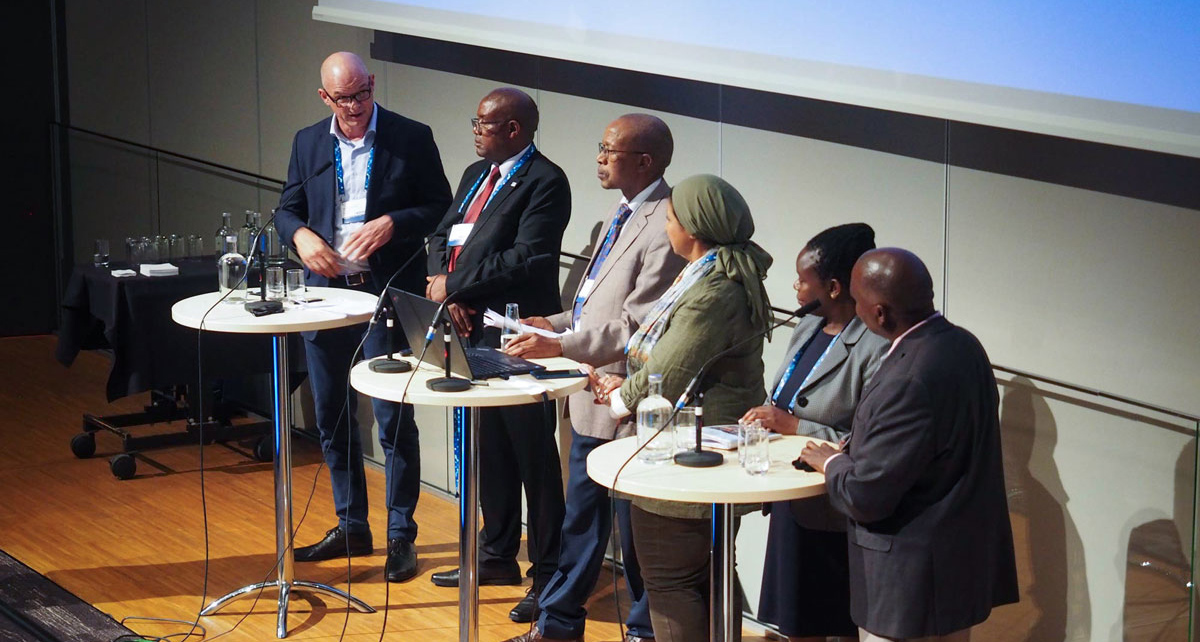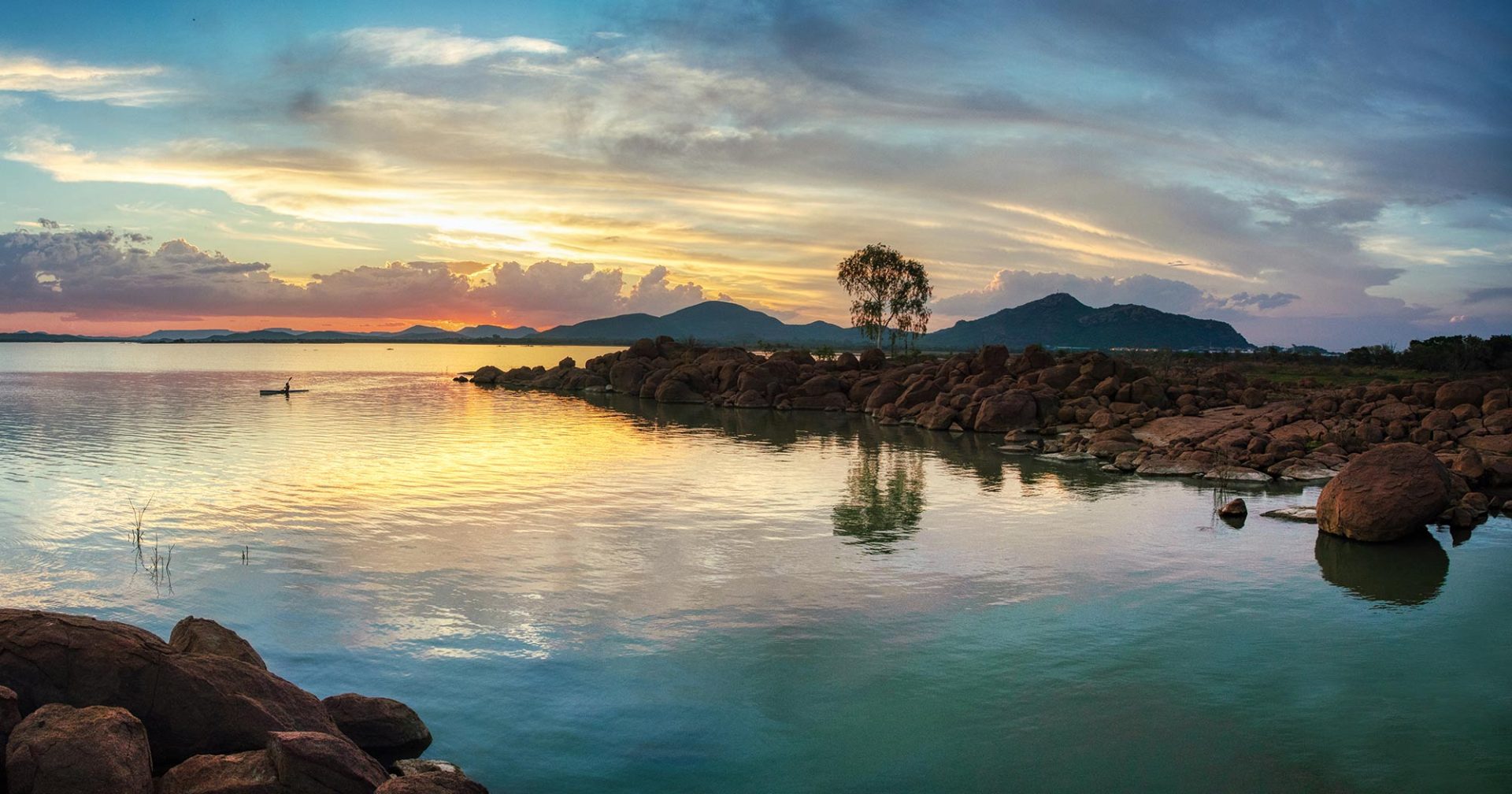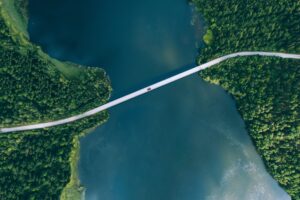The crux of effective water cooperation, from the experts
“What makes cooperation work for countries that share a [transboundary water] resource is to identify a common need or problem. That motivates them to work together to solve that issue. Most of these problems are socio-economic in nature.”
Other factors also influence the likelihood of cooperation coming into being and how difficult it is to sustain fruitful cooperation. These include the geography and hydrological complexity of the basin, and the water dependency rates of different riparian states, but also the extent to which interests of the different parties overlap or differ. The existence of overarching cooperative organisations, of which all the cooperating parties are already a part, was identified as a factor which can make it easier to get cooperative initiatives started.
“The river basin organisations under the SADC region give a very important clue about the importance of being under the same regional economic commission. In that case you’re not only cooperating on water, you’re cooperating on benefits of the river. So you are cooperating beyond the river. This lubricates the cooperation process and builds goodwill, and is a very important catalyst for cooperation,” contributed Tahani Sileet, Head of Central Department for External Cooperation from the Egypt Ministry of Water Resources and Irrigation.
On a more practical level, the panellists gave several tips for how cooperation might be improved. It was seen as very important to have common institutional and legal frameworks in place, and that these are then actually put into practice. To achieve this practical application of existing agreements, political leadership can play a crucial role.
“For me the most important factor [in making transboundary water cooperation work] is the political leadership.”
“Politicians should be ready to face the problem, be motivated to solve it. And be ready to follow up on it and to give political support, so that every year they meet and see the progress on this transboundary cooperation. Because we know several examples where you have everything in place, the whole structure, but nothing is happening,” continued van der Horst.
Sharing of data and information was seen as important as well, not just for improving the basis for decision making and management across the basin, but also to build trust across borders and sectors through transparency. Hastings Chibuye, Programme Manager, Zambezi Watercourse Commission (ZAMCOM) said, “It’s very important that some type of transparency is in place. Because if you don’t want to share data then it becomes extremely difficult to cooperate. Of course there are challenges with data sharing. Some countries think it has to do with their security, or things like that. One thing I’ve learned with my experience in transboundary water cooperation is that it’s iterative. You have to keep knocking. Otherwise, if you say today that ‘colleagues, we agreed that quarterly you will be extending data, you have yet to submit your data’ you might not receive it there and then, but you have to keep knocking. Eventually you find that they do comply. It’s trust-building, transparency, and iterative at the same time. Keep asking. Otherwise cooperation becomes a challenge.”
Joint programming may equally improve trust, but it might also foster increased basin-wide thinking amongst water professionals from different riparian states.
“When someone comes in from the river commission and looks at the river system or the basin as a whole, they are able to pick out slow and gradual problems which are manifesting in a particular part of the river system which will actually reach a tipping point at some stage, and then start affecting the other countries as well.”
Finally, inclusivity was identified as important, at all levels. Whether it is through involving as many people on the ground as possible, or by making sure to address the concerns of all countries involved in the cooperative venture, inclusion may help ensure there is a solid base for cooperation.
“Transboundary water cooperation has tended to be international and national, and oftentimes we have not involved the people on the ground,” commented Callist Tindimugaya, Commissioner for Water Resources Planning and Regulation, Ministry of Water and Environment, Uganda Stakeholder. “Engagement from the ground level up to the highest level is very important, so that you have joint identification of the issues in the basin, but also joint identification of the causes, and then joint proposed solutions that can be implemented. Through that we build trust between the communities that are on different sides of the border, but also we come up with a joint investment strategy, so that countries are then motivated to contribute to the investments but also to data sharing,”










